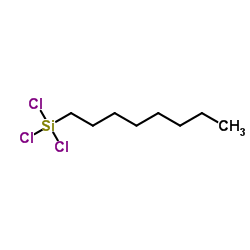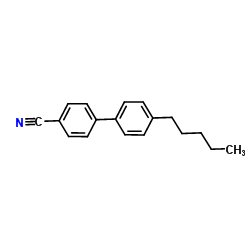| Structure | Name/CAS No. | Articles |
|---|---|---|
 |
octyltrichlorosilane
CAS:5283-66-9 |
|
 |
5CB
CAS:40817-08-1 |